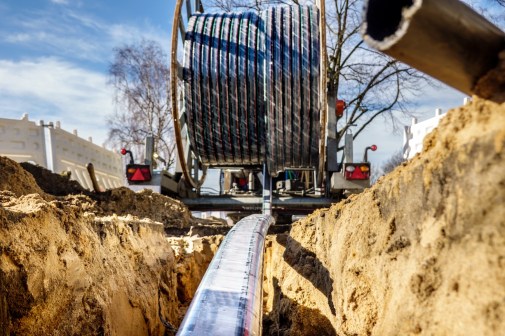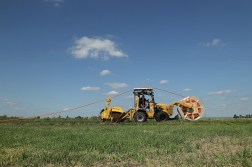FCC vastly overrepresents broadband coverage in Pennsylvania, report shows

New research funded by a Pennsylvania state legislative agency found that internet service providers have over-reported their broadband coverage to the Federal Communications Commission.
The agency’s report — published earlier this month by Sascha D. Meinrath, a Pennsylvania State University professor and the report’s lead author — concluded that since 2014, ISPs have consistently over-reported their coverage areas to the FCC in rural areas in Pennsylvania, while independently collected coverage data has shown little growth in access to broadband through the state’s 48 rural counties.
“This [gap] may indicate a systematic and growing overstatement of broadband service availability in rural communities,” the report says.
The report is the latest in a string of allegations from local authorities and broadband advocates that the FCC has been misrepresenting the nation’s current state of connectivity. Last year, Vermont state employees drove nearly 7,000 miles to conduct speed tests in their state, proving that major ISPs were over-reported coverage there and pressuring the FCC to investigate the data submitted by ISPs that are used to generate its coverage maps.
The Pennsylvania report relies on research conducted by the M-Lab, or Measurement Lab, which is an open-source team of international researchers and industry and public-interest partners that specialize in broadband policy and geographic-information-system visualization and telecommunications technologies.
The researchers set up a speed-testing website to conduct 11 million speed tests across the state. They found that internet across most of the state didn’t meet the FCC’s current 25 Mbps/3 Mbps broadband standard, despite the FCC’s official broadband coverage maps showing 100 percent availability of high-speed broadband.
“Thus, claims of full broadband availability across Pennsylvania appear to be at odds with the on-the-ground broadband reality experienced by many Pennsylvania residents,” the report says.
Specifically, the speed tests revealed revealed no counties that serve at least 50 percent of the populace with internet connection speeds meeting the FCC’s definition of broadband. Because the FCC relies on differently-sized census blocks to determine whether a region is served or not, it’s easy for carriers to inaccurately claim that large swaths of land are covered, experts have argued.
Ajit Pai, chairman of the FCC and a former Verizon lobbyist, said on Thursday that the commission will revise its broadband mapping to be “more granular and more accurate.”
In the meantime, however, Pennsylvanians are at odds with their internet service providers. A 2004 amendment to the state’s Public Utility Code required internet providers to make broadband available to 100 percent of the state’s residents by 2015 — at just 1.5 Mbps download/128 Kbps upload, a much slower standard than what’s outlined by the FCC.
The report says that at least one major telecommunications company has declined federal funding to improve its rural broadband infrastructure, citing that they already meet the state’s weaker standard.
“Incumbent ISPs are refusing federal funding to build out higher speed Internet access,” the report says, “while at the same time residents of Pennsylvania are desperate for broadband services they claim are not available yet in their area.”
The report’s authors will be releasing all of the data, thousands of maps and methodology for free, as well as the visualization and scripts for states and municipalities interested in exploring their own broadband speeds.






